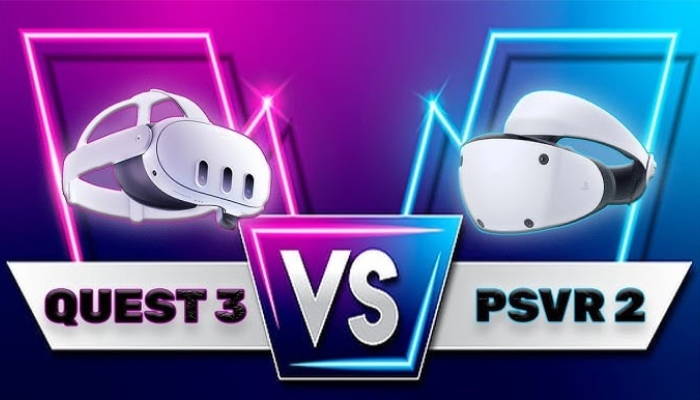
Aiming to directly challenge Samsung’s Z Flip 4, this clamshell phone offers an extended battery life.
Oppo is set to release its first folding flip phone, the Find N2 Flip, outside of its domestic Chinese market. This Android clamshell is squarely aimed at challenging Samsung’s popular Z Flip 4. Priced at £849, it is £50 cheaper than Samsung’s offering and features a unique hinge design that addresses one of the most noticeable issues with folding phones—the crease in the middle of the screen.
The device boasts a familiar metal and glass construction, housing a vibrant 6.8-inch screen that resembles a standard phone when unfolded. While the flexible OLED display still folds in half, Oppo’s hinge design creates a distinctive “water drop” shape at its center, deviating from the traditional even loop configuration.
This design choice enables a more relaxed fold radius, resulting in a reduced crease on the unfolded display surface. While there is still a noticeable indentation that traverses the screen, it is comparatively shallower and less prominent when compared to other folding phone models.
The hinge of the N2 Flip provides a sturdy sensation when fully extended and closes with a satisfying snap. However, it offers less resistance and has more flexibility compared to Samsung’s folding phones. While it can keep the screen open at angles ranging from 45 to 110 degrees, it tends to wobble during this operation.
In terms of durability, the N2 Flip is splash-resistant but not designed for submersion, which aligns with the industry standard. Oppo has not provided an official dust-resistance rating for this device, but they have incorporated several protective measures against dust into the back of the hinge. Additionally, the phone is rated to endure over 400,000 folds, equivalent to more than 100 openings and closings per day for a decade.
SPECIFICATION
- Primary Display: The main screen measures 6.8 inches and features FHD+ resolution, a 120Hz refresh rate, and AMOLED technology, resulting in a pixel density of 403ppi.
- Cover Display: The cover screen is 3.3 inches in size and utilizes AMOLED technology, providing a pixel density of 250ppi.
- Processor: Powered by the MediaTek Dimensity 9000+ processor.
- RAM: Equipped with 8GB of RAM.
- Storage: Offers 256GB of internal storage.
- Operating System: Runs on ColorOS 13, which is based on Android 13.
- Camera: Features a 50MP + 8MP dual-camera setup on the rear and a 32MP front-facing camera.
- Connectivity: Supports 5G network connectivity, has nano SIM and eSIM capabilities, as well as WiFi 6, NFC, Bluetooth 5.3, and GNSS (Global Navigation Satellite System).
- Water Resistance: Rated as IPX4 splash-resistant.
- Folded Dimensions: Measures 85.5 x 75.2 x 16mm when folded.
- Unfolded Dimensions: Expands to 166.2 x 75.2 x 7.5mm when unfolded.
- Weight: Weighs 191g.
BATTERYLIFE AND PERFORMANCE
Unusually for its price range, the N2 Flip features a MediaTek Dimensity 9000+ chip instead of a Qualcomm chip commonly found in Android phones. While its specifications might suggest slower performance compared to rival devices released in the past couple of years, in practice, the N2 Flip delivered impressive performance, felt responsive, and efficiently handled tasks. However, occasional minor stuttering was observed in some graphically demanding games.
In terms of battery life, the N2 Flip stands out among folding phones, providing excellent endurance. With predominantly Wi-Fi usage and the main screen active for approximately five hours, it can typically last for about two days before requiring a recharge. Even during outings with around a couple of hours of 5G usage, the battery life remains satisfactory. However, extended periods of 5G usage in congested areas may slightly reduce the battery life by approximately half a day. Nevertheless, the N2 Flip outperforms the Samsung Z Flip 4 under similar conditions, as the latter lasts only 31 hours.
CAMERA
The N2 Flip is equipped with a 50-megapixel primary camera and an 8-megapixel ultrawide camera on the external side, while the internal screen features a 32-megapixel front-facing camera.
The primary camera performs well, capturing images that are generally detailed and properly exposed in good and moderate lighting conditions. However, in dimmer settings, the photos can appear slightly dull. The low-light performance and portrait shots are decent, but there is no dedicated macrophotography mode available.
On the other hand, the ultrawide camera’s performance is subpar, resulting in dark and lackluster shots. It is recommended to use this camera only in bright lighting conditions.
As for the 32-megapixel selfie camera, it performs reasonably well compared to similar cameras on the market. Additionally, there is the option to use the primary camera with the phone closed, which yields satisfactory results.
Overall, the camera capabilities of the N2 Flip are not particularly impressive, falling behind most high-end competitors in this price range. However, they are still perfectly suitable for general everyday photography.
PROS AND CON
Oppo claims that the screen and hinge of the N2 Flip can endure 400,000 folds, which theoretically suggests that it should last for the device’s lifespan. However, since this is Oppo’s first folding device to launch internationally, it lacks the established track record of durability that Samsung has spent the past four years developing.
While I maintain a cautious optimism, it’s important to note that this is still relatively new technology and inherently more delicate than traditional phones, requiring careful handling. It may be prudent to consider purchasing insurance to safeguard against potential damages.
Here are the pros of the N2 Flip: it boasts a fantastic large folding screen, the water-drop hinge design minimizes the visibility of creases, there is a generously sized cover screen, the battery life is commendable, it supports dual nano-SIM and eSIM functionality, and it offers a competitive price compared to its rivals.
On the other hand, there are several cons to consider: the N2 Flip is less durable compared to standard phones, it is only splash-resistant without a dust-resistance rating, the cameras are average without optical zoom capabilities, the software could benefit from further refinement, and it is not the fastest phone available.




